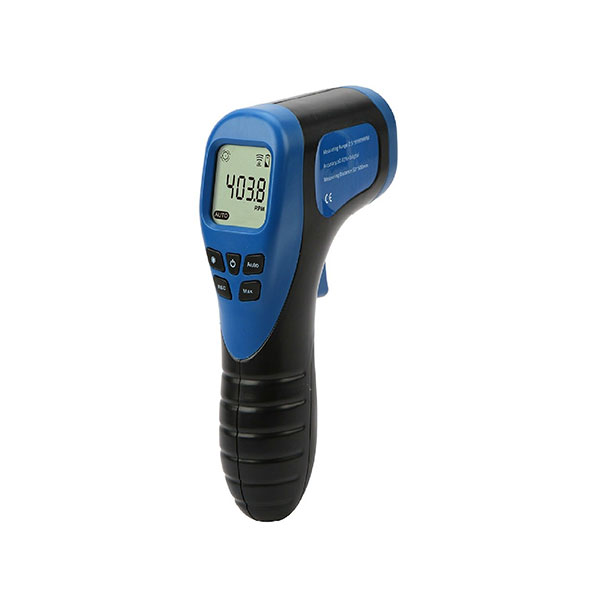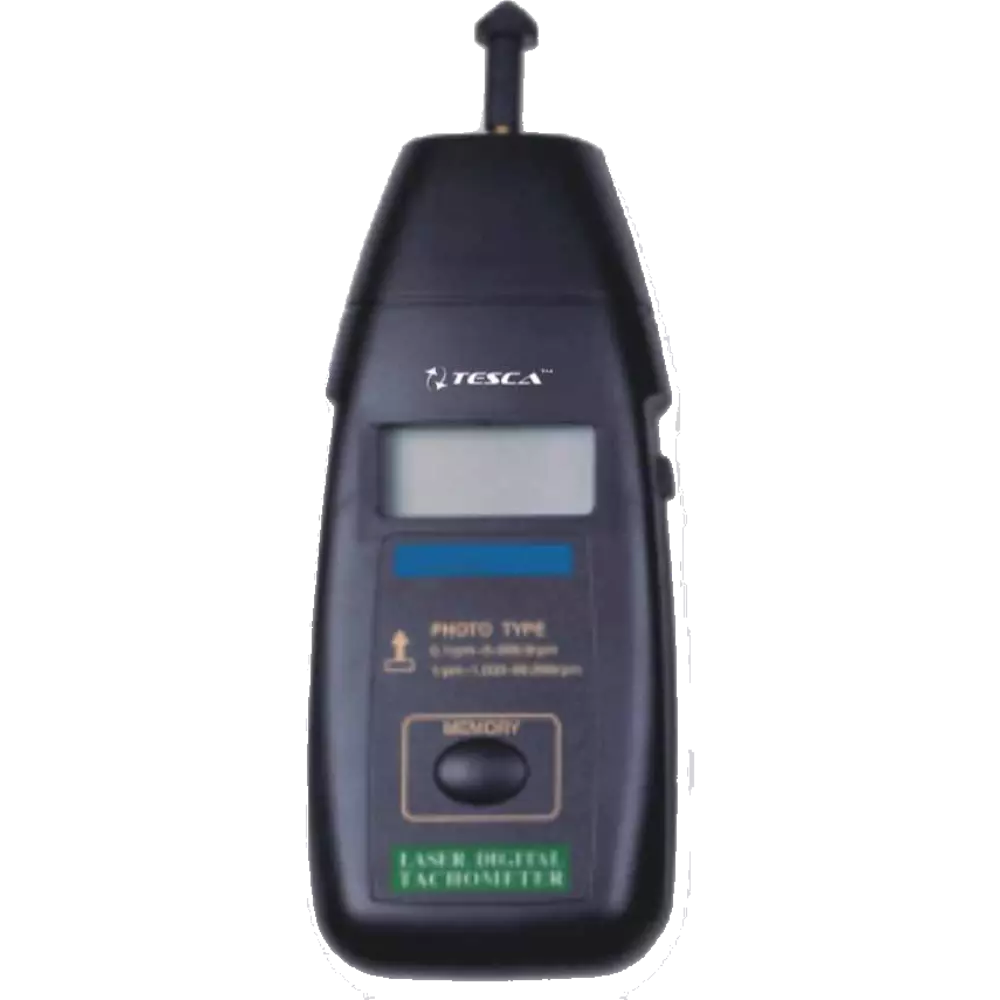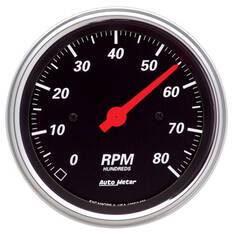Specialist Tips for Preserving and Adjusting Your Tachometer
Specialist Tips for Preserving and Adjusting Your Tachometer
Blog Article
The Importance of a Tachometer in Checking Engine Speed and Efficiency in Automotive Applications
In the world of automotive design, the tachometer stands as a critical instrument in the driver's toolbox, providing a straight home window into the internal functions of a car's engine. Past its function as a mere gauge of changes per minute (RPM), the tachometer serves as a critical tool for enthusiasts and specialists alike, using real-time insights into engine efficiency and health and wellness.
Relevance of Keeping An Eye On Engine RPM
Checking engine RPM, or transformations per min, is a vital aspect of automotive upkeep and efficiency assessment. Engine RPM directly associates with the rate at which the engine's crankshaft turns, suggesting just how swiftly the engine is running - tachometer. By keeping track of RPM, auto mechanics can analyze the wellness of the engine, find prospective problems, and fine-tune performance. An irregular RPM analysis might signify troubles such as engine misfires, damaged spark plugs, or concerns with the gas distribution system. Consistently high RPM readings can suggest aggressive driving practices or the requirement for a greater equipment change to improve gas efficiency.
Moreover, keeping an eye on engine RPM is crucial for efficiency evaluation in racing and high-performance vehicles. In summary, keeping track of engine RPM is not only important for detecting concerns yet also for optimizing engine efficiency in different automobile applications.

Advantages of Real-Time Information
In vehicle applications, real-time data plays a crucial duty in offering instantaneous insights right into the efficiency and problem of the lorry. By constantly keeping an eye on numerous parameters such as engine rate, temperature, fuel intake, and extra, real-time information offers various benefits that add to enhanced efficiency and safety when driving.
One substantial advantage of real-time information is its capability to sharp drivers and service technicians to any type of abnormalities or problems promptly. This proactive strategy enables fast identification of possible troubles, enabling prompt treatments to avoid additional damage or break downs. Furthermore, real-time information promotes efficiency optimization by giving immediate comments on driving behaviors and engine performance. Chauffeurs can readjust their habits in real-time based on this info to attain far better fuel economic climate and prolong the lifespan of their car.

Additionally, real-time information plays a vital role in modern-day automotive diagnostics, enabling professionals to promptly diagnose and deal with breakdowns. This results in decreased downtime, lower upkeep expenses, and inevitably, enhanced general vehicle integrity and longevity (tachometer). By taking advantage of the power of real-time data, vehicle stakeholders can make educated choices that favorably influence both the performance and longevity of the automobile
Impact on Equipment Shifts
Efficient gear changes in auto applications significantly influence total efficiency and driving experience. The this contact form tachometer plays a crucial duty in maximizing gear shifts by providing real-time engine speed information to the chauffeur. When approaching the redline on the tachometer, it signals the motorist to upshift to stop over-revving the engine and causing potential damages. On the other hand, downshifting at the ideal minute can help keep the engine in its power band, making certain responsive acceleration when needed.
Moreover, the tachometer aids in accomplishing smoother gear changes, particularly in manual transmissions. By go to these guys monitoring engine rate, motorists can implement gear shifts at the ideal RPM array, decreasing snagging motions and minimizing endure the transmission components. This accuracy on duty changes not only enhances driving convenience however also contributes to fuel effectiveness.
Enhancing Fuel Efficiency
Given the critical role the tachometer plays in enhancing gear shifts for efficiency and engine health, it directly contributes to taking full advantage of fuel effectiveness in auto applications. By offering real-time comments on engine rate, the tachometer assists vehicle drivers in preserving the most effective RPM array for gas economic situation. When drivers regularly keep track of the tachometer and readjust their driving behaviors appropriately, they can stay clear of unnecessary fuel intake triggered by over-revving or hauling the engine.
In addition, the tachometer aids drivers recognize the most fuel-efficient equipment to be in at any provided moment, preventing the engine from functioning more challenging than essential. In verdict, the tachometer serves as a valuable device in boosting fuel effectiveness by advertising optimal driving routines and determining locations for improvement in the lorry's performance.

Making The Most Of Engine Durability
The tachometer's function in keeping an eye on engine speed and performance contributes in guaranteeing the durability of auto engines. By using the tachometer successfully, drivers can Check This Out maximize engine durability through conscious RPM management. Constantly revving an engine expensive can result in excessive wear and tear on vital components, such as the pistons, valves, and bearings. Gradually, this can cause lowered engine efficiency and potential breakdowns. Checking the tachometer permits motorists to stay within the suggested RPM variety for their automobile, protecting against unnecessary strain on the engine and extending its life-span.

Verdict
In final thought, the tachometer plays a vital duty in checking engine rate and performance in auto applications. By providing real-time information on RPM, it enables effective equipment shifts, enhanced fuel effectiveness, and made the most of engine long life. This device is crucial for maintaining ideal engine efficiency and making sure the overall functionality of a car.
Report this page